Thursday is the fourth day of Florida’s Severe Weather Awareness Week, when we will cover a different topic in weather safety every day. Stay informed by following Florida Storms, the Florida Division of Emergency Management and your local National Weather Service office on social media.
Most Floridians are no stranger to the annual hurricane season, which runs from June 1 to Nov. 30 every year. 2022 saw a very destructive season, with Hurricane Ian shaping up as Florida’s costliest storm in history. Unfortunately, Ian and the late-season entry of Hurricane Nicole serve as a reminder of Florida’s vulnerability to these powerful storms.
“Our history tells us Florida is prone to being hit by major hurricanes,” said Robert Molleda, Warning Coordination Meteorologist at the National Weather Service in Miami, “more hurricanes have hit Florida than any other part of the country.”
Molleda explained sometimes people forget a hurricane’s most dangerous threat: storm surge and rainwater flooding.
“Historically, most deaths are caused by water,” Molleda said.
Hurricane Ian caused 149 confirmed deaths in Florida, most of which occurred in coastal areas overtaken by Ian’s deadly storm surge. Rainfall flooding also caused devastating flooding in the Greater Orlando area, catching many communities by surprise.
“Tropical systems don’t just affect the coast,” Molleda said.
Molleda urges Floridians not to base all of their decision making on the warning cone.
“It’s important to understand what the cone is and what it isn’t,” he said, “it was never intended to show what areas will be affected and what areas won’t be affected.”
The warning cone used by the National Hurricane Center depicts the areas which have a two-thirds chance of being the point of landfall for the center of the storm. That means there is still a one-in-three chance the center of the storm will land outside of that cone.
“It’s purely a statistical guide,” Molleda said.
The cone also does not equate the size of a storm, nor the field of impact. Hurricane Ian tracked to the right side of the cone, and eventually did make landfall in the Fort Myers region.
“For example, in the case of Naples, it was always outside the cone, but not outside of the area of potential impact,” he explained.
Instead, the warning cone should be used as just one of the tools to prepare yourself for a hurricane.
“The cone should not be used as a guide to whether you should act or not,” Molleda said, “for that there are watches and warnings.”
Ahead of a tropical cyclone, the National Hurricane Center will issue watches and warnings. A watch is issued 48 hours ahead of expected tropical conditions, while a warning is issued within 36 hours.
Make sure you are signed up for alerts from your local government, news media or National Weather Service office to know when these advisories are issued.
“It’s critical that people understand where to get information, and that it is from a trusted source,” Molleda said.
When it comes to that most dangerous element, water, there are two more tools people should use to understand their risk. The National Hurricane Center also issues storm surge watches and warnings, a new tool introduced in 2017. Like with hurricanes, a watch is issued within 48 hours of life-threatening storm surge, and a warning is issued within 36 hours.
One of the best things Molleda said that you can do ahead of hurricane season is to know if you live in a coastal evacuation zone. These zones have been determined to be vulnerable to storm surge and other hazards. As a tropical cyclone approaches, local officials may call for evacuations by zone.
Molleda said inland communities are not under the direct threat of storm surge like coastal communities are, but they should still be on the lookout for a flood watches and warnings during a tropical cyclone. Massive rainfall may trigger flash flooding that can be deadly if you don’t act quickly.
Finally, Molleda said in the months before hurricane season begins, take simple steps to start preparing your home. Address any needed repairs and reinforce doors and windows.
As we approach June, start stocking up on your disaster supply kit and making sure your family has a plan of action for emergencies.
Molleda said not to feel complacent if you’ve been lucky enough to avoid these recent storms.
“Just because you weren’t hit last year, doesn’t mean you won’t be hit this year.”





